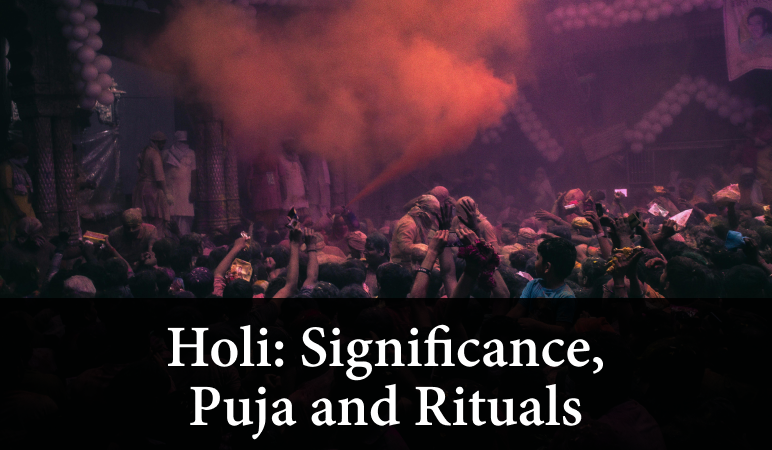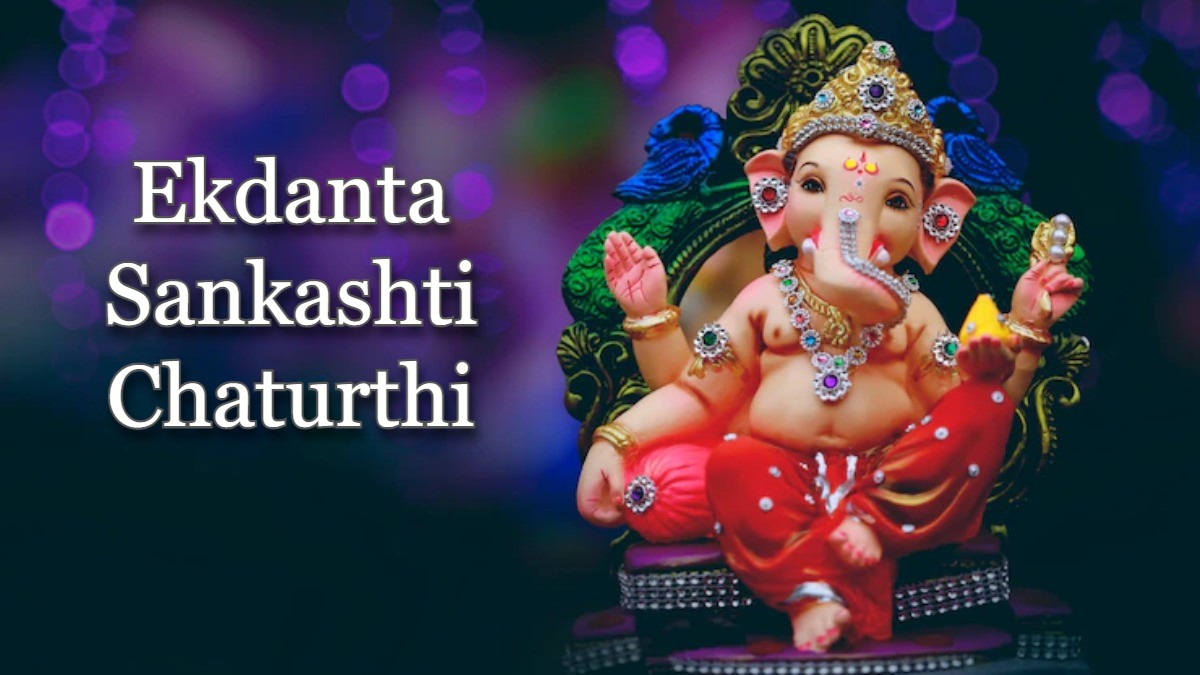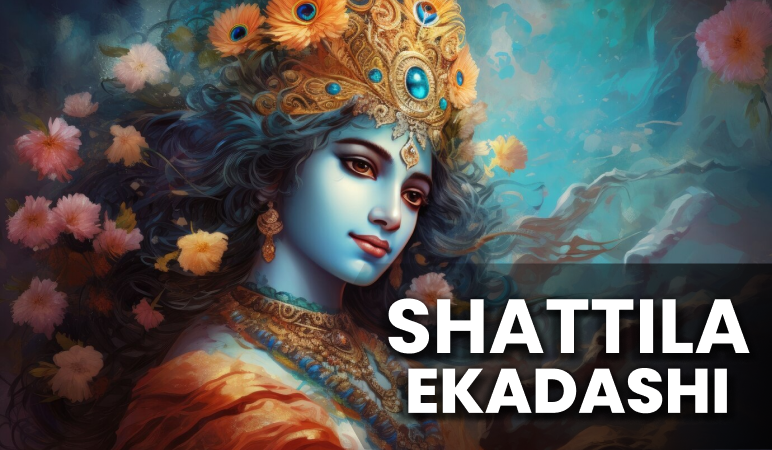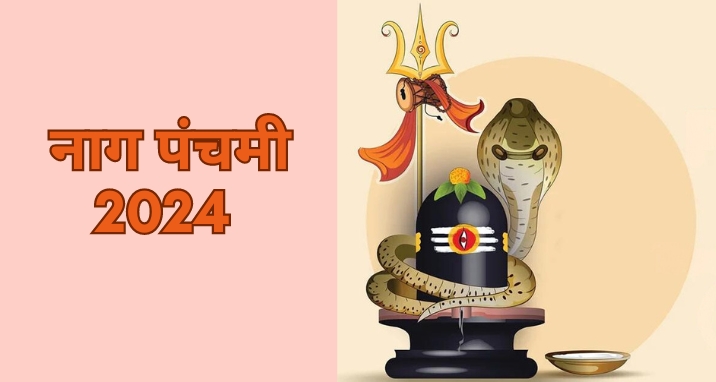Holi: Significance, Puja and Rituals!

Holi is the most joyful and colourful festival of all. It is also one of the most famous festivals in India, like Diwali. Every part of India is coloured with the colours of Holi on this festival.
It’s also called Holika or Holika Utsav in some places. According to the Hindu calendar, Holi falls on the full moon day in the month of Phalguna, which usually happens in February or March. Holi signifies the arrival of spring and the end of winter. In Hinduism, it’s also known as Vasant Mahotsav or Kama Mahotsav.
In 2024, the dates of Holi are as follows:
Holi 2024, Tithi
- Holika Dahan: Mar 24, 2024
- Holi (Dhuleti): Mar 25, 2024
- Purnima Tithi Begins: 09:54 AM on Mar 24, 2024
- Purnima Tithi Ends: 12:29 PM on Mar 25, 2024
- Holika Dahan Muhurta: 23:13 PM to 00:40 AM, Mar 25
In case you want to know the muhrat at a local place and want to get help in any aspect of Holi Puja, our pundits at NamoAstro are here to help.
Why is Holi Celebrated?
The story behind Holi is quite famous and has been told to us since childhood. It honours the victory of Prahlada over his demon father, Hiranyakashipu, and the triumph of good over evil.
Hiranyakashipu, a powerful demon king, claimed to be the supreme ruler of the universe and demanded everyone’s obedience. However, his son Prahlada, bhakt of Bhagwan Vishnu, disobeyed him.
Angered by Prahlada’s defiance, Hiranyakashipu decided to punish him. He got the help of his sister, Holika, who was immune to fire. Hiranyakashipu instructed Holika to sit in a roaring fire with Prahlada on her lap, but instead of Prahlada burning, it was Holika who perished
Holi is celebrated to honour Prahlada’s devotion to Bhagwan Vishnu and the victory of good over evil. On the day of Holi, people gather in temples and on the streets to rejoice and throw coloured powder and water at each other. The different colours of Holi represent life’s shades, joy and happiness. As people come together in harmony, Holi is also a time for forgiveness and renewal.
The festival reminds us of the power of faith, love, and dedication, and it serves as a time for celebration, joy, and unity, reminding us that at the end of the day, goodness wins.
How to Do Holi Puja?
Follow these steps for Holi Puja
- In the morning, take a bath and put on clean clothes.
- Place an image of Radha Krishna on clean red cloth adorned with flowers, facing towards the east.
- Arrange all the items needed for worship and apply gulal to the lotus feet of Radha Krishna.
- Apply sandalwood paste and offer incense sticks, a lamp, and holy basil to the god.
- Next, offer sweets and gangajal.
- Finally, sprinkle holy water on everyone and apply coloured powder to their faces.
- Distribute prasad.
NOTE: The celebrations and rituals vary from region to region and community to community; however, the common things are playing with colours, sweet distribution and coming together and wishing each other a prosperous future. At some places, Shri Krishna Raas is organised, as it is also believed that Shri Krishna played Holi with Gopis and Gopikas in Vrindavan.
Holi – The Festival of Colours
In different parts of India, Holi is celebrated in different ways.
The tradition of playing with colours is particularly popular in North India, especially in the regions of Mathura and Vrindavan, where Holi celebrations are unparalleled. Their celebrations are famous globally and people from all over the world come to take part in them. People in Maharashtra and Gujarat also celebrate Holi with great enthusiasm and enjoyment.
Drinks, especially thandai infused with bhang, are an important part of Holi festivities. Bhang enhances the festive spirit, but excessive consumption can also dampen it. So, it’s important to consume it with caution.
In South India, the tradition is to worship Kaamadeva, the god of love. Kaamadeva sacrificed himself by shooting his love arrow at Bhagwan Shiva to break his meditation and bring his attention to Devi Parvati, who wanted to marry him.
After a lively and enjoyable day, people become more relaxed in the evening. They visit friends and relatives to exchange sweets and greetings.
Holi isn’t just about rituals, splashing colours, or lighting bonfires; it’s about building connections and spreading a message of unity and brotherhood. So, let’s come together and celebrate the festival of colours, filling our lives with happiness, joy, and fun-filled moments.
Frequently Asked Questions
Q: What is the Holi Festival?
A: Holi is known as the festival of colours, celebrated to mark the end of winter and darkness and to welcome the vibrant colours of spring. The festival is also known as Basant Utsav, Dol Jatra, Dhulandi, Dol Purnima, Holi Purnima, etc.
Q: What are the rituals of the Holi festival?
A: The festivities usually start with lighting bonfires, which is a symbol of good over evil. The following day, people come together to play with colours.
Q: What is the significance of Holi in Hinduism?
A: Alongside Diwali, Holi is one of the most significant festivals in Hinduism. It also marks the end of winter and the beginning of spring. Holi reminds everyone of the power of good over evil.
For more insights into Sanatan Hindu festivals and their rituals and significance, you can chat with our pandits online at NamoAstro.









